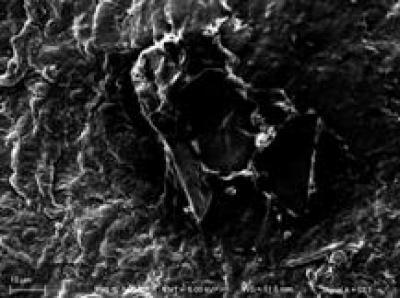The conventional method for repair of peripheral nerve injury is autogenous nerve grafting, but sources of autogenous nerve are limited. Furthermore, neurological deficits in the donor site and painful neuroma can occur following surgery. The use of allogeneic nerve grafts is limited because of host immune rejection. As reported, tensile stress and tensile strain directly affect the quality of nerve regeneration after bridging nerve defects by poly(lactic-co-glycolic acid) conduit transplantation and autogenous nerve grafting for sciatic nerve injury. A new study published in the Neural Regeneration Research (Vol. 8, No. 21, 2013) showed that, following poly(lactic-co-glycolic acid) conduit transplantation for sciatic nerve repair, the maximum tensile load, maximum stress, elastic limit load and elastic limit stress all increased compared with autogenous nerve grafts, but elastic limit strain and maximum strain decreased. Moreover, the tendencies of stress-strain curves of sciatic nerves were similar after transplantation of poly(lactic-co-glycolic acid) conduits or autogenous nerve grafts. These findings indicate that poly(lactic-co-glycolic acid) conduits are suitable for sciatic nerve injury repair.

Under scanning electron microscope, this shows a few mildly swollen myelinated nerve fibers obstructed the basilar membrane vessels after poly(lactic-co-glycolic acid) conduit transplantation.
(Photo Credit: Neural Regeneration Research)
Source: Neural Regeneration Research